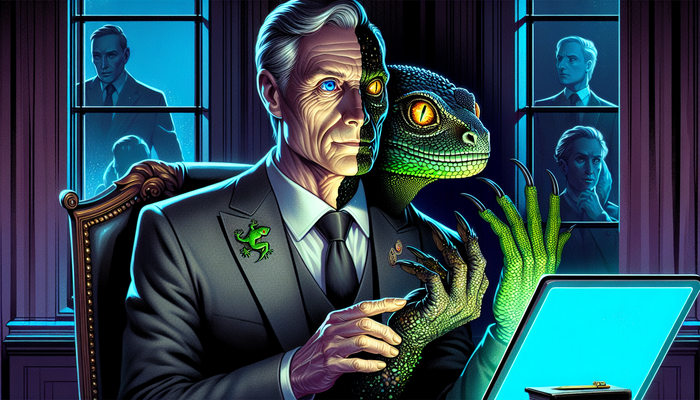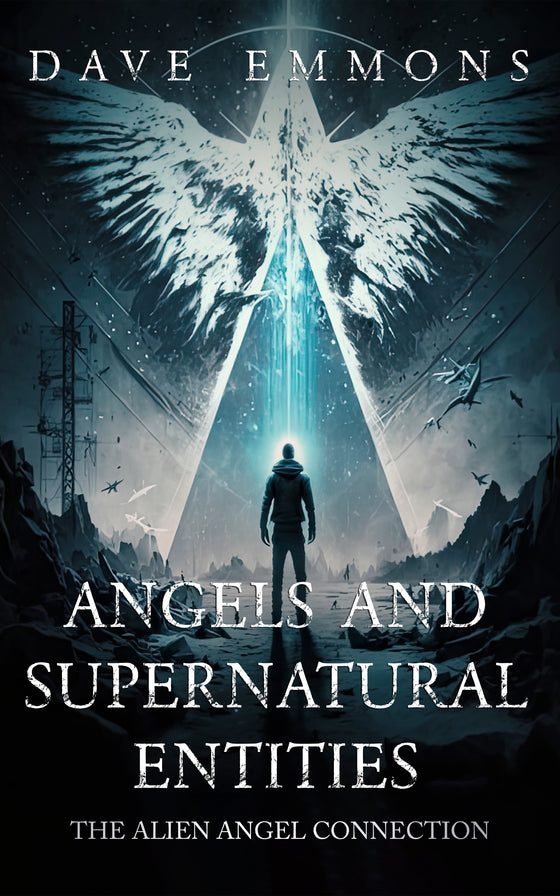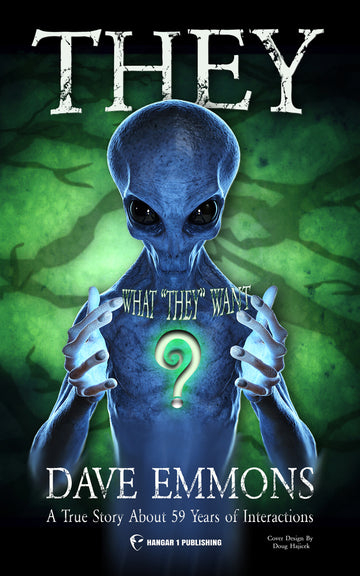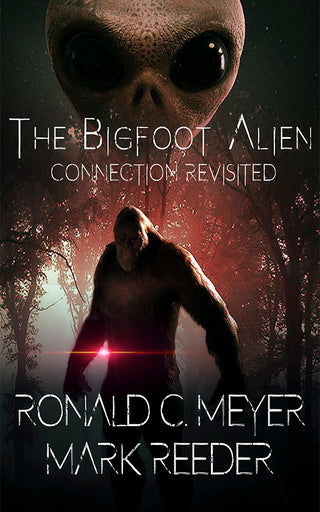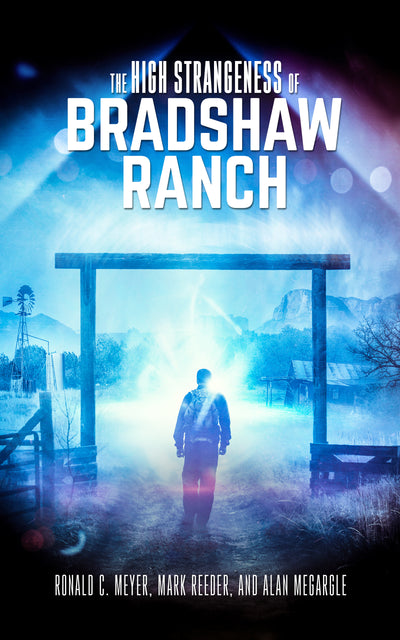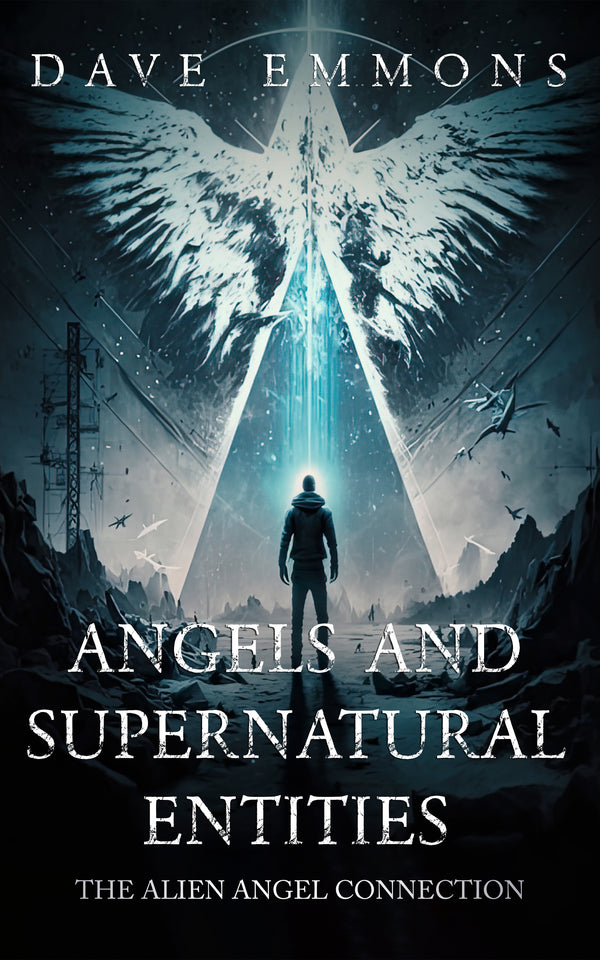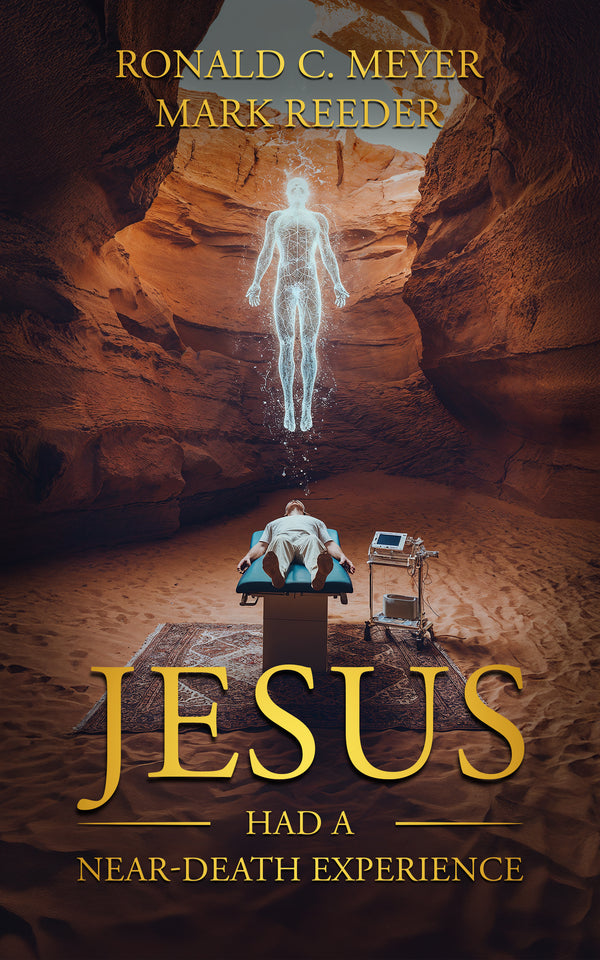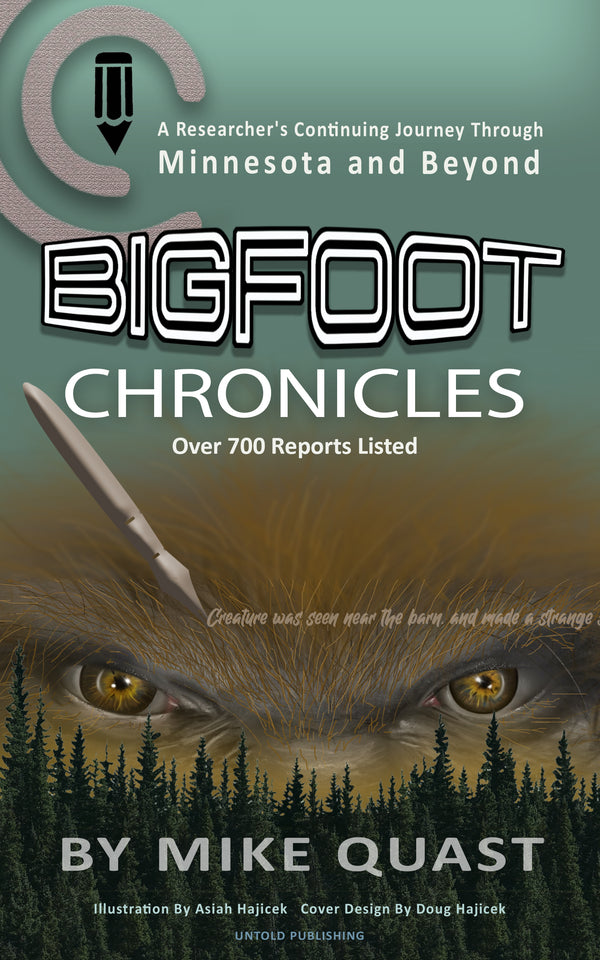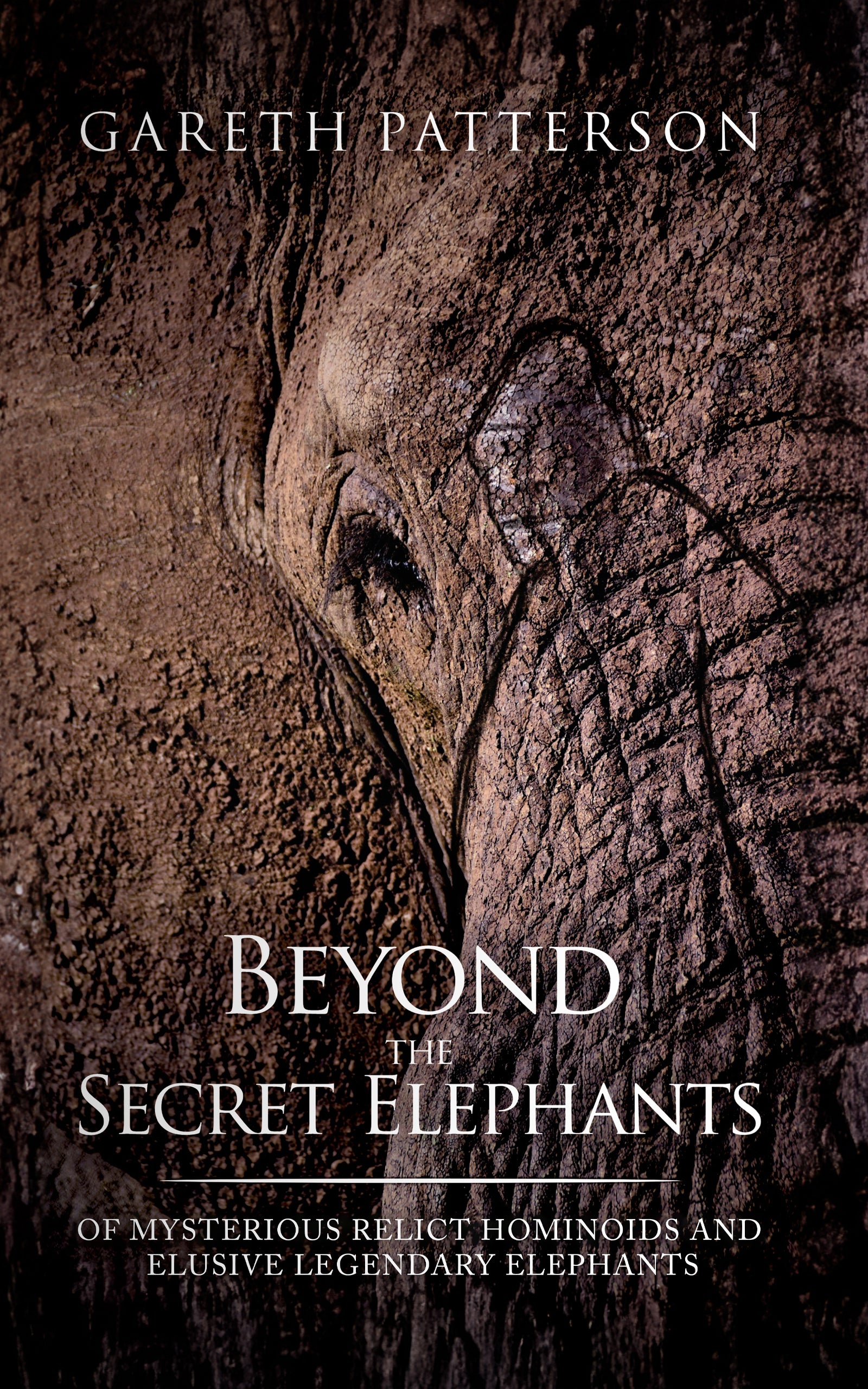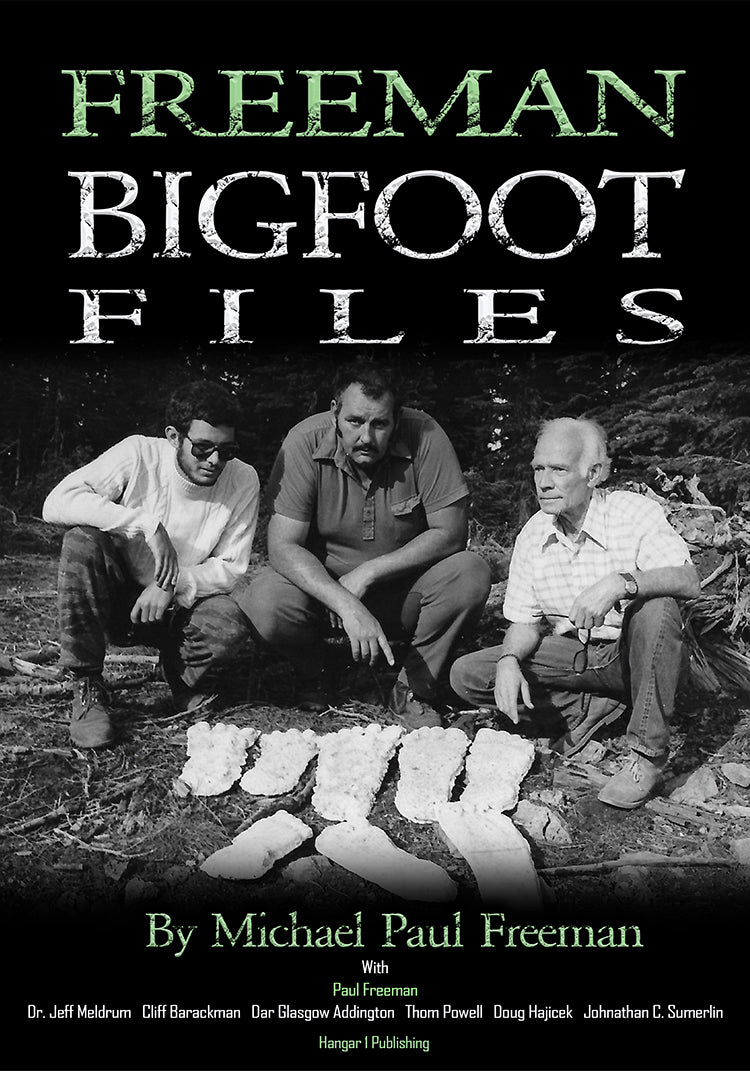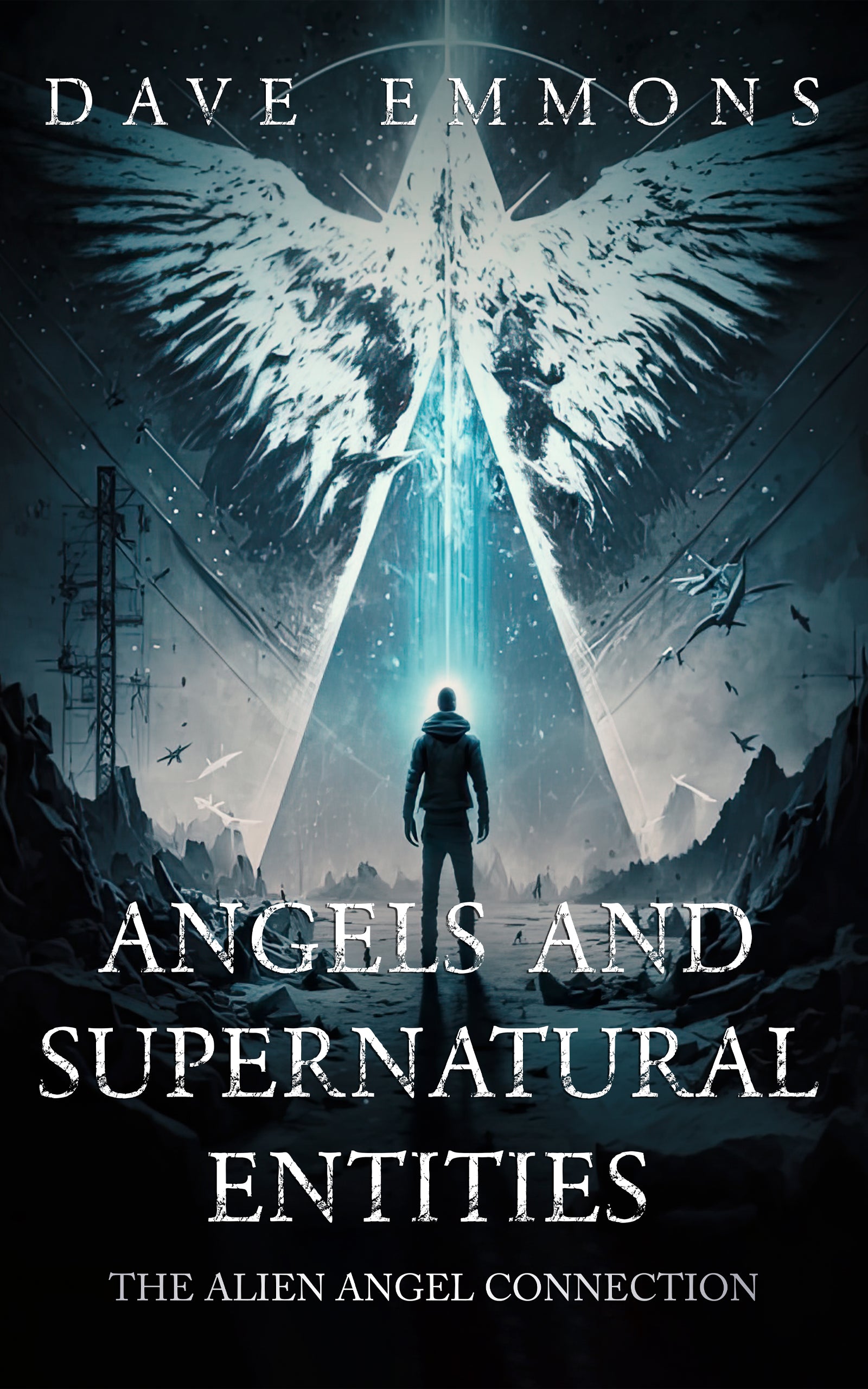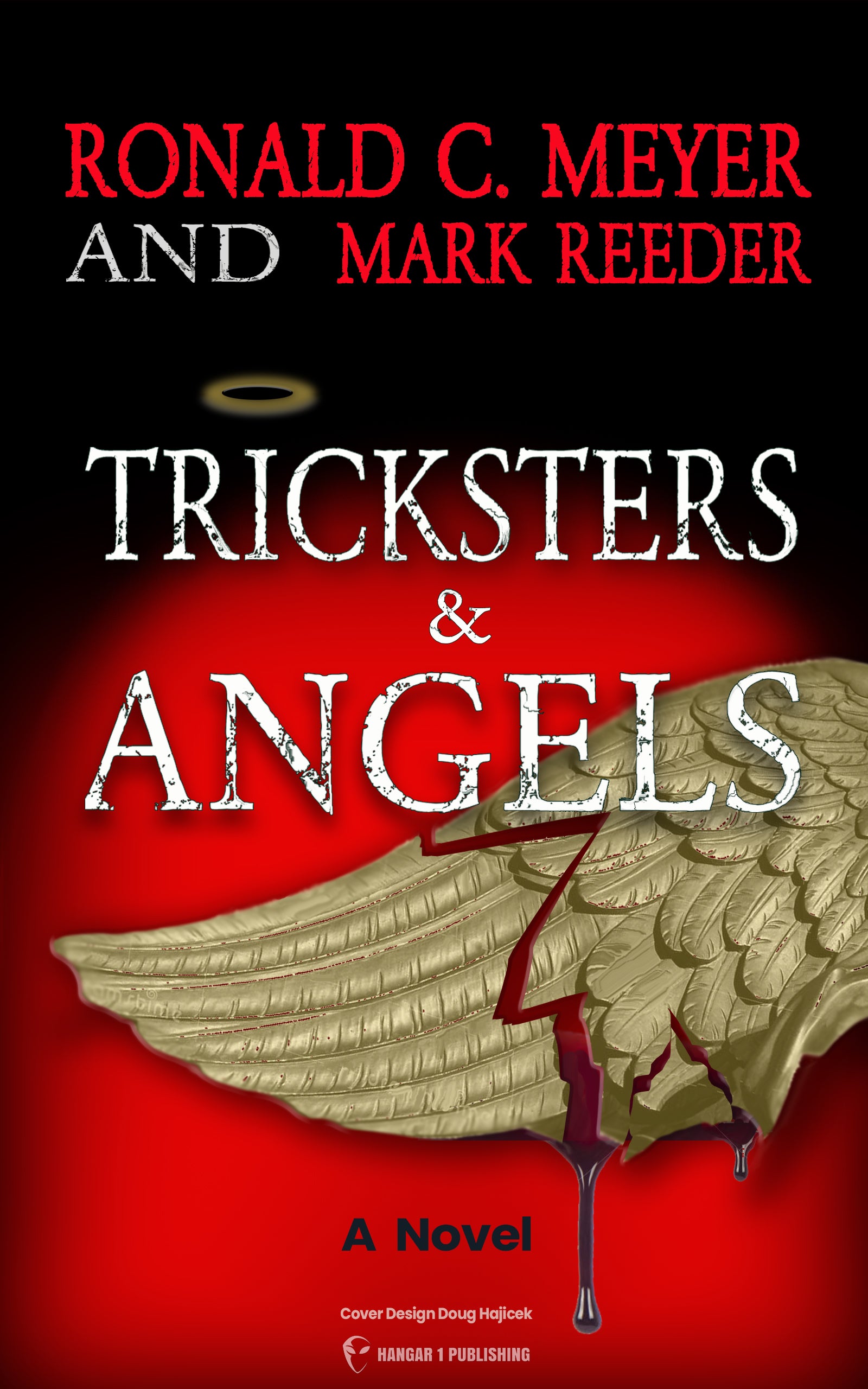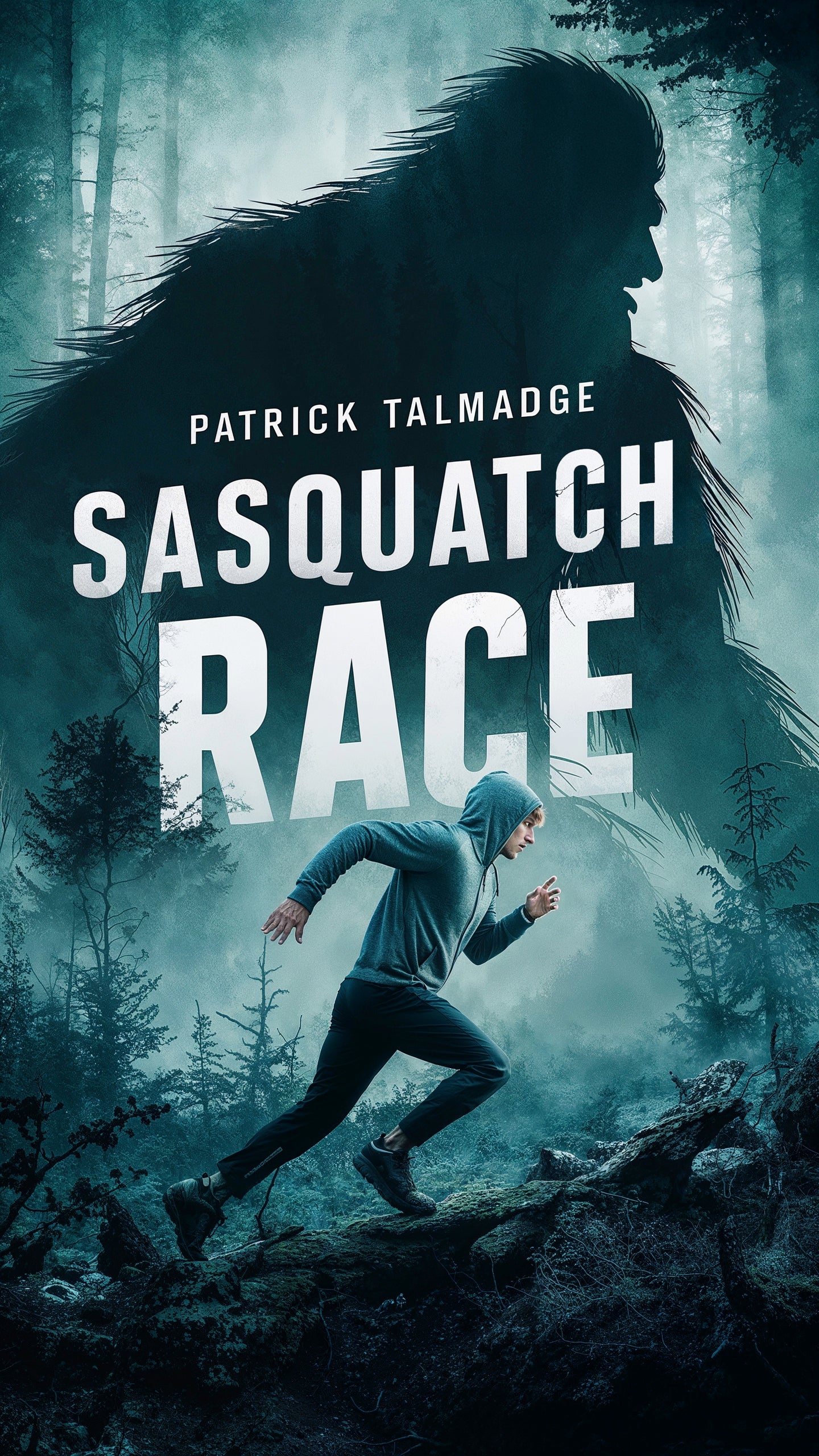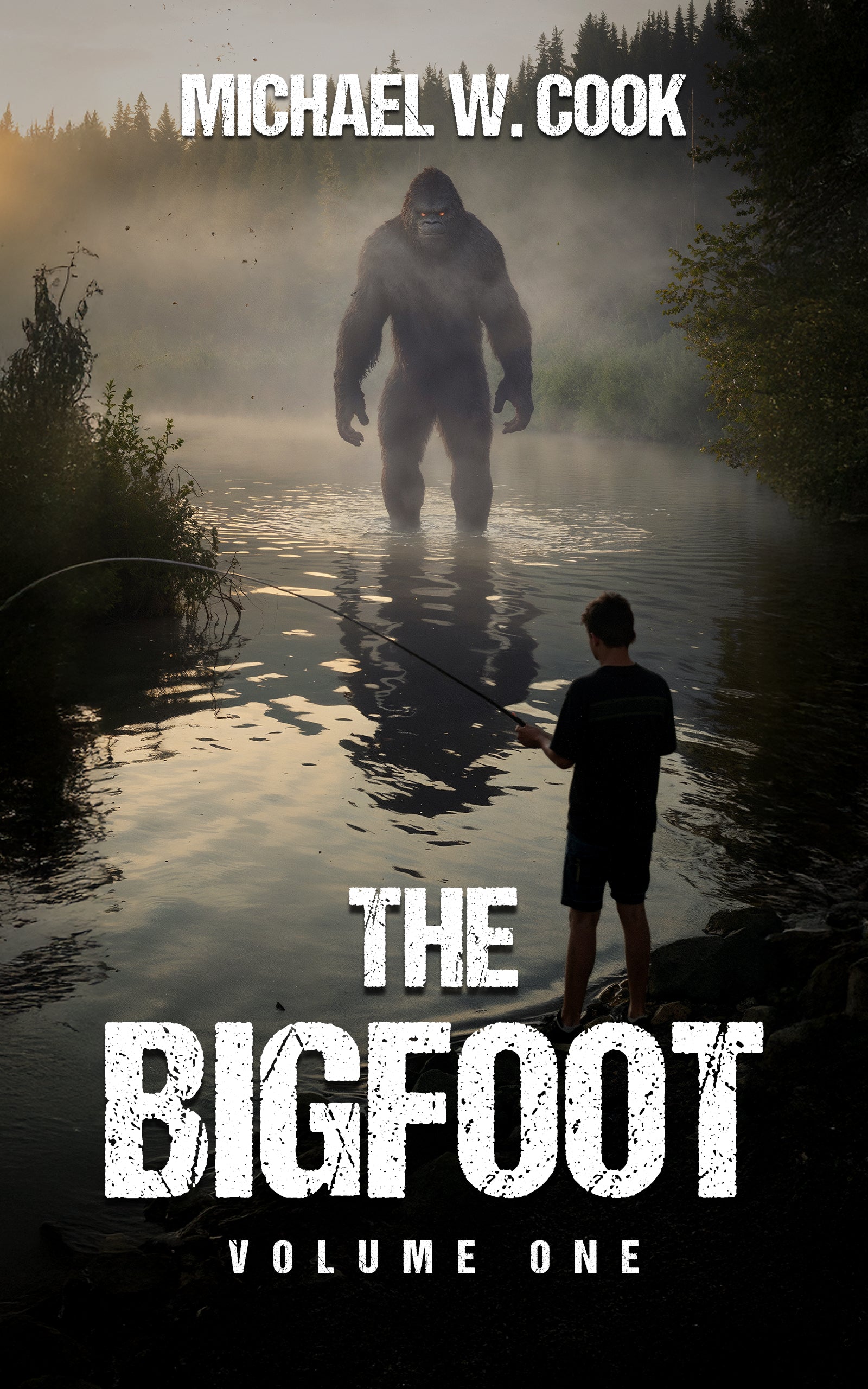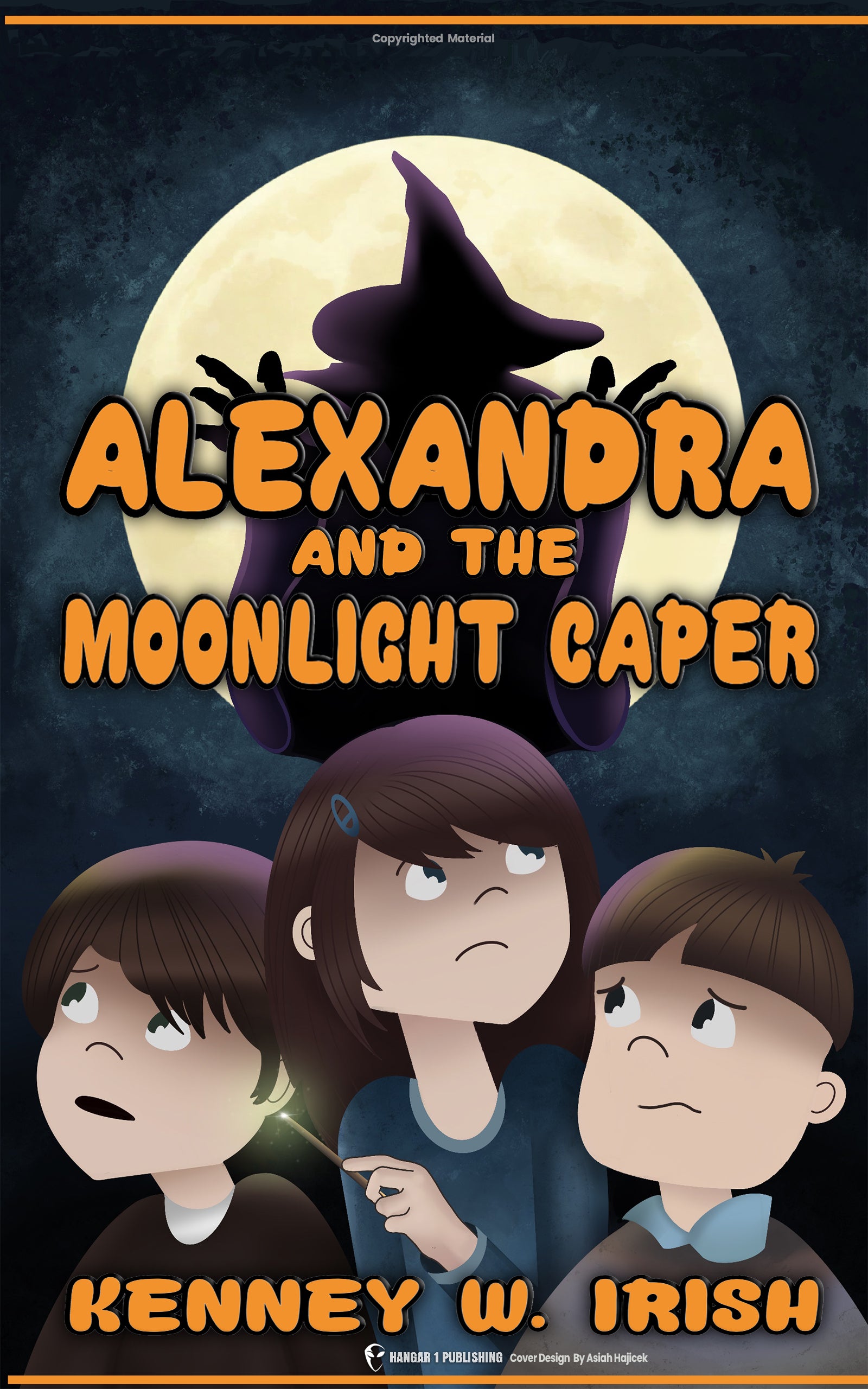The Voronezh UFO Incident: Russia's Alien Landing
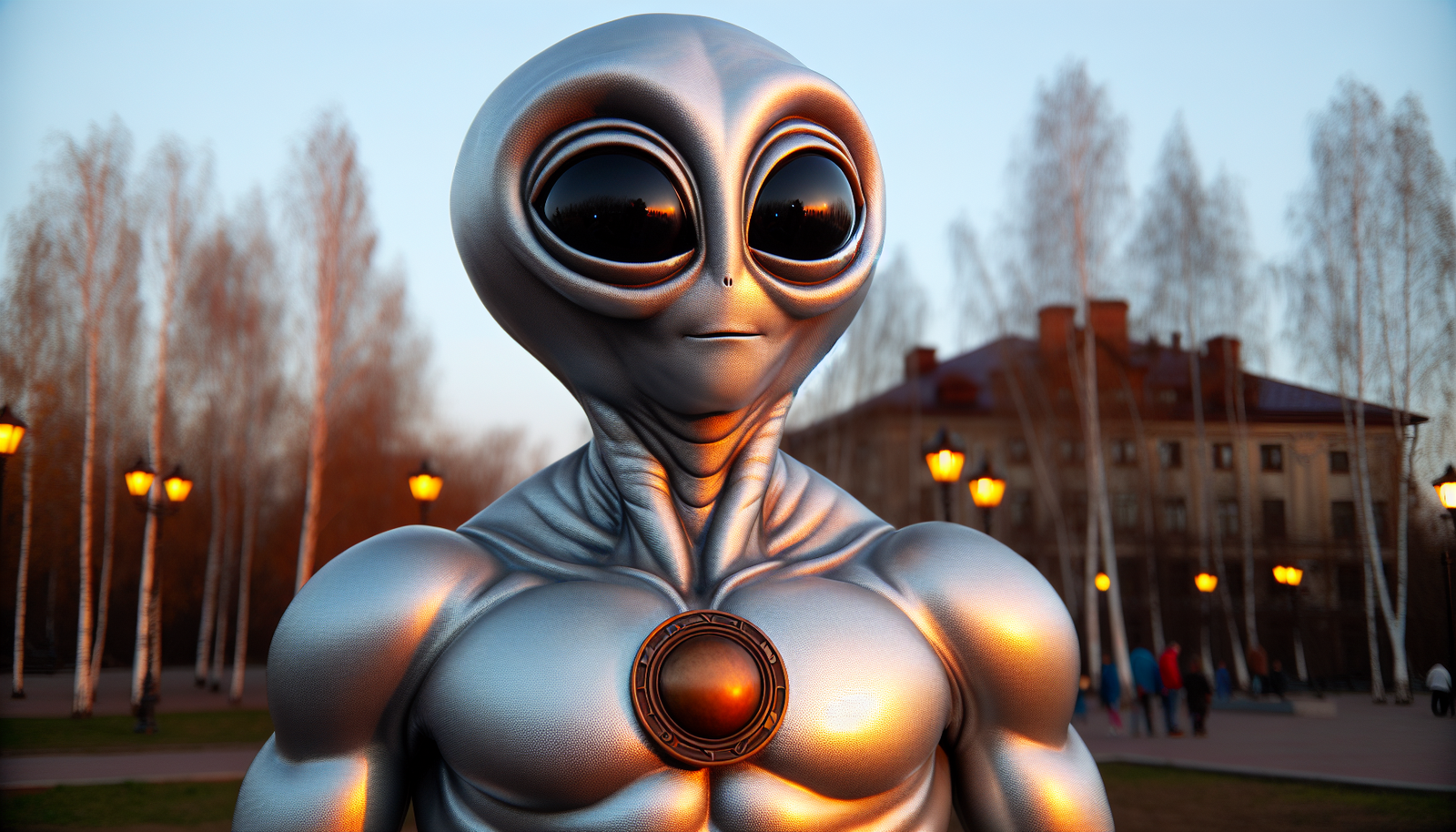
By Malcolm Blackwood, Ufologist
Introduction: The Day the Sky Opened Over Voronezh
Imagine this: a typical autumn evening in 1989, children are engrossed in a soccer game in a city park, adults chat, waiting for buses. Suddenly, the mundane shatters. A massive, pulsating red sphere descends from the sky, not merely hovering, but landing softly amidst the poplar trees. From this craft emerge towering, three-eyed beings accompanied by a small, boxy robot. This isn't a scene ripped from a pulp magazine; this is the bewildering, widely reported account of the Voronezh UFO Incident, a case that erupted out of the Soviet Union and seized global headlines.
What made this event particularly startling was its timing and source. Occurring during glasnost, Mikhail Gorbachev’s policy of increased openness, the story was broadcast not by some fringe publication, but by TASS, the official Soviet news agency. They reported this seemingly fantastical event as confirmed fact. Why would a government notorious for its secrecy suddenly publicize a tale of colossal alien visitors wielding strange technology? What did the numerous witnesses – children and adults alike – truly experience that September day in Voronezh's Yuzhny Park? And were there tangible traces left behind in the soil?
The Voronezh UFO Incident stands as one of the most compelling, bizarre, and fiercely debated encounters in the annals of ufology. It's marked by a narrative almost too strange to believe, backed by multiple eyewitnesses, claims (and counter-claims) of physical evidence, and the astonishing, if somewhat confusing, reaction of Soviet officialdom. Yet, it remains shadowed by inconsistencies, contradictions, and persistent skepticism. We need to examine the events of that September evening, explore the clashing perspectives, and understand the enduring impact of Russia's most famous alleged alien landing. We’ll unpack the dramatic sequence as reported, analyze the extraordinary descriptions of the craft and its occupants, scrutinize the purported evidence, place the incident within the broader, often overlooked context of Soviet UFO experiences, and explore the theories still swirling around this profound mystery.
Setting the Scene: Voronezh on the Eve of the Unexplained
Voronezh in 1989 wasn't some isolated hamlet where strange tales might easily fester. It was, and remains, a significant industrial city, home to nearly a million people, located about 300 miles southeast of Moscow. The alleged landing didn't occur in a remote field but in Yuzhny Park, a public space accessible to many. This urban setting makes the sheer number of reported witnesses less surprising, though it doesn't automatically validate the claims.
Crucially, this incident unfolded against the backdrop of glasnost. This policy, intended to bring transparency to Soviet institutions, cracked open the tightly controlled media landscape. Suddenly, topics previously taboo – including paranormal phenomena and UFO sightings – found their way into print and onto airwaves. TASS, the monolithic state news agency, began reporting stories that would have been unthinkable just years before. Some observers, both within Russia and abroad, viewed this newfound freedom with cynicism. Was the media simply testing the limits of glasnost? Or were they publishing sensational stories – "yellow papers," as one local described them – to boost flagging readership amidst national uncertainty? As Howard G. Chua-Eoan noted in TIME magazine shortly after the incident, perhaps these tales provided "something new to dream about" when the old dreams of Communism were fading. This environment of change and media experimentation is essential context for understanding how the Voronezh story gained such prominence.
It's also vital to recognize that the September 27th landing wasn't an isolated blip on the radar. Research compiled from sources like Anomalien.com and the work of Tom Ruffles reveals a distinct wave of unusual sightings across Russia in 1989. On April 24th, in Cherepovetsk, a man reported an "enigmatic object allegedly thrice as large as an aircraft" cruising silently overhead. June saw multiple reports from the Vologda region: on the 6th, children near Konantsevo claimed a luminous sphere landed, split open, and released "something resembling a headless person in dark garb." Just days later, on June 11th, a woman in Vologda watched a "fiery ball" hover over the city for 17 minutes. Even earlier in September, reports surfaced of a craft witnessed by some 500 people hovering over a Voronezh neighborhood, and another incident involving a craft flying over a nuclear power plant, purportedly firing a ray that left a burn mark on the ground. This cluster of reports suggests a climate of heightened aerial strangeness preceding the dramatic events in Yuzhny Park, possibly predisposing the public and media to pay closer attention.
The Core Narrative: A Detailed Reconstruction of September 27, 1989
Let's piece together the sequence of events as reported by TASS, the newspaper Sovietskaya Kultura, and synthesized from numerous witness accounts. Around 6:30 PM on September 27th, as evening began to fall, witnesses in Yuzhny Park noticed a peculiar pink shining in the sky. This luminescence rapidly coalesced into a distinct object: a large ball or sphere, deep red in color, estimated to be about 10 yards (30 feet) in diameter.
The sphere didn't just appear; it performed. It reportedly circled above the park, moving silently. Then, inexplicably, it vanished, only to reappear moments later, hovering at a low altitude. This aerial display drew a crowd, people stopping their activities, drawn to the inexplicable sight. Then, a hatch opened in the lower section of the sphere. Standing in the opening, clearly visible to the astonished onlookers, was a figure unlike anything they had ever seen.
Witness descriptions, particularly those gathered by TASS and later researchers, paint a remarkably consistent, if utterly bizarre, picture. The being was immense, towering between 9 and perhaps even 14 feet tall. Its head was described as disproportionately small and knob-like, seemingly resting directly on broad shoulders with no discernible neck. The face was dominated by three eyes: two large, whitish outer eyes, and a central, slightly higher red eye that witnesses described as swiveling independently, "like a radar," scanning the park below. The entity was clad in what looked like silvery overalls or a jumpsuit, wore distinctive bronze-colored boots, and sported a round, metallic-looking disk on its chest. After this initial appearance, the hatch closed.
The sphere then descended further, landing softly within the park. Some accounts, like the one detailed by researcher Patrick Gross citing the Soviet newspaper Kommuna, mention the craft came into contact with a large poplar tree, bending it over – a detail adding to the object's perceived solidity. Other descriptions suggest it hovered about five feet off the ground before extending supports and settling fully.
The hatch reopened. This time, not one, but two or three of these gigantic, three-eyed humanoids emerged. They weren't alone. Accompanying them was a smaller, box-like entity described universally as a robot. It had a blocky appearance, controls or buttons visible on its front, and moved with a distinctly mechanical gait. One report detailed an alien touching a control on the robot's chest, seemingly activating it.
The giants and their mechanical companion began to move around the landing site. They walked with what witnesses called a "heavy gait," suggesting unfamiliarity with Earth's gravity or sheer mass. They appeared to examine the ground, with some accounts explicitly stating they were taking soil samples. One of the beings reportedly made guttural sounds, interpreted by some as orders. Perhaps the most surreal reported detail of their communication involved a beam of light emanating from the "chief" alien's chest disk, projecting luminous geometric shapes – triangles and rectangles – onto the ground, possibly as a form of instruction or mapping.
The sight of these colossal beings and their robot moving through a familiar park was, unsurprisingly, terrifying. A young boy – identified in some follow-up reports as 16 years old – screamed out in fear. In response, the lead alien turned its unnerving gaze upon him. Its three eyes reportedly began to shine intensely. The effect, according to TASS, was immediate: the boy fell silent, unable to move, frozen in place as if paralyzed. Seeing this, other members of the crowd began to scream, overcome by panic.
Then, adding another layer of disorientation, the aliens, the robot, and the sphere reportedly vanished instantaneously. They were simply gone. However, the encounter wasn't over. Approximately five minutes later, they reappeared in the same spot. This time, one of the humanoids carried something new: a "tube," about 20 inches to two feet long, described as resembling a "pistol" or "gun." The alien aimed this device directly at the boy who had been paralyzed moments before. A beam reportedly shot out, and the boy simply vanished. Ceased to exist, right before the eyes of the terrified crowd.
This act, described as causing "pandemonium," was the apparent climax. Immediately afterward, the aliens returned to their sphere. The craft retracted any landing gear, lifted off the ground, accelerated rapidly, and disappeared into the darkening sky. Concurrent with the craft's departure, the boy who had vanished minutes earlier reappeared, seemingly out of thin air. He was reported as physically unharmed, though understandably shocked, confused, and potentially still stunned or paralyzed from the initial gaze.
Eyewitness Accounts: Voices from the Park
The narrative of the Voronezh incident rests heavily on the accounts of those present in Yuzhny Park that evening. The primary sources for the most detailed descriptions of the aliens and their actions were a group of local school children, reportedly playing soccer when the sphere descended. Several names appear repeatedly in reports stemming from TASS and Sovietskaya Kultura, including Vasya Surin, Zhenya Blinov, Yuliya Sholokhova, Roma Torshin, and Genya Bilinov. A key point often emphasized by those who investigated, like Genrikh Silanov, head of the Voronezh Geophysical Laboratory, was that when the children were asked to draw what they saw, their depictions were strikingly similar, even though they were reportedly interviewed and sketched in isolation from one another. This consistency, coupled with the general perception that children can offer "unfiltered" testimony, lent considerable weight to their incredible story in the eyes of many.
However, the children weren't the only witnesses. Estimates suggest hundreds saw the craft, and dozens – perhaps 30 or 40 adults waiting at a nearby bus stop on Putilin Street, according to some accounts – witnessed the landing and the emergence of the beings. While detailed narratives from these adults about the aliens themselves are less prominent in the international reporting than the children's accounts, their presence adds a layer of corroboration regarding the presence of the craft and the general commotion.
One significant adult witness who did go on record was Lieutenant Sergei A. Matveyev of the Voronezh district police. Interviewed by The New York Times and other outlets, Matveyev was careful to state he had not seen the aliens. However, he was adamant about seeing the craft itself. He described it definitively as "a body flying in the sky," remarkable for its noiseless movement, very high speed, and extremely low altitude. He candidly admitted his initial skepticism, recalling, "I thought I must be really tired... but I rubbed my eyes and it didn't go away." His pragmatic conclusion? "Then I figured, in this day and age, anything is possible." His testimony, coming from a police officer, provided crucial, credible support for the reality of something highly unusual occurring, even if he couldn't confirm the alien aspect.
The psychological impact on the witnesses was reportedly significant. TASS described onlookers as being "overwhelmed with a fear that lasted for several days." Some sources, like Anomalien.com, mention witnesses suffering subsequent side effects like insomnia. The children, in particular, were noted as being "still afraid, even now" in reports published weeks after the event. Vladimir A. Moiseyev, the regional health director, acknowledged the reports of fear and mentioned plans to examine the children, although he also noted that, somewhat surprisingly, none had officially applied for medical help in the immediate aftermath.
Beyond the psychological, there were also claims of physical effects in the vicinity. A few sources mention reports of electromagnetic interference affecting televisions and electrical appliances in the area around the time of the sightings, suggesting the phenomenon might have had a tangible, disruptive presence beyond the visual.
The Puzzle of Physical Evidence
Beyond the compelling, if bewildering, eyewitness accounts, the Voronezh incident gained significant traction due to initial reports of tangible, physical evidence left at the scene. Genrikh Silanov's Voronezh Geophysical Laboratory played a key role in these early investigations. Silanov himself was quoted by TASS claiming they had located the landing site using a technique he termed "biolocation." This term caused some confusion in the West; Jacques Vallée noted his own puzzlement, while reporting by Paul Kurtz in Skeptical Inquirer and subsequent researchers like Charles Lear clarified that "biolocation" was essentially a form of dowsing or ESP. While proponents like Gordon Creighton defended Russian expertise in such parapsychological methods, the reliance on dowsing immediately raised red flags for those seeking strictly scientific validation.
Using this method, Silanov described finding a distinct area in the park: a circle approximately 20 meters (about 65 feet) in diameter. Within this circle were four deep impressions, each 4-5 centimeters deep and 14-16 centimeters across, arranged in a rhombus pattern. These were interpreted as marks left by the craft's landing gear, and their depth suggested the object possessed considerable weight, perhaps several tons. The TASS correspondent, Vladimir Lebedev, added his own observation after visiting the site: "I could see holes of a clear shape that resembled the footprints of an elephant," which he associated with the giant beings themselves.
Analysis of the soil and materials within this purported landing zone yielded further intriguing, though ultimately contentious, claims. Early TASS reports, heavily publicized internationally, quoted Silanov regarding two pieces of unusual rock found at the site. Described as looking like "sandstone of a deep red color," the initial mineralogical analysis supposedly showed the substance "cannot be found on Earth." This claim caused a sensation. However, this crucial piece of evidence soon became mired in contradiction. Later reports, including statements attributed to Silanov himself in Socialist Industry, clarified that the rock was actually a form of hematite – iron oxide – which is quite common in the Soviet Union. Silanov reportedly distanced himself from the initial TASS report, stating bluntly: "Don't believe all you hear from Tass. We never gave them part of what they published." This retraction significantly undermined one of the most dramatic claims of physical proof.
Other soil analyses reportedly found elevated levels of certain elements, with phosphorus being specifically mentioned in some accounts. Additionally, increased radiation levels were detected, specifically the radioactive isotope Cesium-137. While initially seeming significant, this finding was also downplayed by Igor Sarotsev, the vice-rector of the University of Voronezh. He pointed out that elevated Cesium levels were found in many areas following the 1986 Chernobyl disaster, cautioning that its presence "did not constitute proof of a landing."
Further complicating the physical evidence picture were reports stemming from investigations conducted about a week after the alleged event. According to Paul Kurtz, citing a French Press Agency report from October 28, 1989, a series of detailed scientific tests – including 16 radiometric analyses, 19 ground checks, 9 tests for micro-organisms, and 20 spectro-chemical measurements – failed to uncover "any anomaly either in the earth or surrounding vegetation." This directly contradicted the earlier claims of significant physical traces. The conflicting results leave the question of tangible proof frustratingly unresolved, a battleground between initial sensational reports and later, more sober (or perhaps dismissive) scientific findings.
Official Reaction and Media Frenzy
What truly propelled the Voronezh incident onto the world stage was the extraordinary decision by TASS, the official voice of the Soviet government, to report it not as folklore or local rumor, but as a confirmed event investigated by scientists. On October 9, 1989, TASS announced: "Scientists have confirmed that an unidentified flying object recently landed in a park in the Russian city of Voronezh... They have also identified the landing site and found traces of aliens who made a short promenade about the park." This wasn't merely reporting a claim; it was presenting it, initially at least, as verified fact.
The agency doubled down the next day, adding more astonishing details derived from witness interviews and reports in Sovietskaya Kultura (a Communist Party newspaper): the children's names, the three eyes, the paralyzing gaze, the vanishing ray. Both TASS and Sovietskaya Kultura defended their coverage. The latter invoked "the golden rule of journalism: the reader must know everything," while TASS correspondent Vladimir Lebedev vehemently insisted on the story's seriousness, claiming multiple landings had occurred. TASS duty officers assured inquiring Western journalists, "it is not April Fool’s today." Ironically, despite the international splash, major Soviet papers like Pravda initially hesitated, leaving TASS and Sovietskaya Kultura as the main proponents.
Beyond the media, there were signs of official engagement. Lieutenant Matveyev gave his corroborating statement about the craft. Health director Moiseyev spoke of potential examinations. The local Interior Ministry reportedly stated troops would be ready if "they appear again." Most significantly, a Soviet Scientific Commission was ordered to investigate, involving, according to some sources, a diverse range of experts from geophysicists to criminologists. However, as noted, the internal scientific reaction was far from unified, with figures like Silanov and Sarotsev later providing statements that contradicted or downplayed the initial sensational claims broadcast by TASS.
The global media reaction was explosive and multifaceted. Major news outlets worldwide, from The New York Times and The Washington Post to The Guardian and Associated Press, picked up the TASS reports. The coverage mirrored the internal Soviet split: some reported the astonishing claims relatively straight, emphasizing the official source, while others treated it with undisguised skepticism and mockery. The New York Times ran the headline "A Tass Bulletin: Knobby Aliens Were Here," while The Washington Post playfully referenced the "banana-shaped object" (a misinterpretation stemming from the Saga magazine reference) and quipped that Silanov "could not be reached for any further incomprehensible comment." Many Western reports framed it as a curious byproduct of glasnost, a sign of the Soviet media going wild with newfound freedom. The U.S. television show A Current Affair even dispatched a crew to Voronezh. Back in Russia, television programs showcased the children's drawings and footage of the alleged landing site, albeit sometimes alongside skeptical counterpoints. International bodies like NASA noted they hadn't been contacted by the Soviets about the incident.
Amidst this frenzy, the children's drawings became a focal point. Reportedly solicited by Silanov while keeping the children isolated, their similar depictions of the craft (often banana-shaped in these drawings, leaving an 'X' or 'zh' symbol), the robot, and the three-eyed figures were published and cited by researchers like Michael Hesemann and Jacques Vallée. For proponents, the consistency was remarkable evidence. For skeptics, it was perhaps evidence of shared imagination or subtle suggestion, especially given the existing cultural tropes referenced by Silanov himself regarding the Saga magazine article from 1976.
Skepticism and Alternative Explanations
Despite the initial official fanfare and the strangeness of the accounts, skepticism regarding the Voronezh incident surfaced quickly and persists. A primary point of contention revolves around the witnesses. While numerous people saw the craft, the most detailed accounts of the aliens and their bizarre actions came predominantly from children. Critics question the reliability of young witnesses, suggesting possibilities of fantasy, exaggeration, or susceptibility to suggestion, especially in an environment buzzing with UFO reports. Russian UFOlogist Boris Shurinov, cited by researcher Patrick Gross, reportedly claimed the case "collapsed like a house of cards" under scrutiny, suggesting journalists encountered kids eager for the spotlight. The relative lack of detailed, published accounts about the aliens from the reported 30-40 adult witnesses at the bus stop also fuels doubt.
The theory of mass hysteria or collective delusion offers another avenue for skepticism. Could the charged atmosphere of glasnost, combined with the preceding wave of UFO sightings, have created fertile ground for a shared, fantastical experience? In a crowd witnessing something unusual, suggestion can spread rapidly. Perhaps the "paralyzing gaze" or the "vanishing boy" were misinterpretations born of panic and disorientation. This aligns with the perspective noted in TIME magazine, suggesting such stories might function as a "new opiate for the masses," a psychological escape during uncertain times.
The striking similarities between the Voronezh narrative – the specific appearance of the giants, the robot companion, the ray gun causing temporary disappearance – and elements found in Western science fiction, particularly American pulp magazines like Saga, cannot be ignored. While TASS reporters insisted the children "probably haven't read" such material, the possibility of cultural contamination, conscious or unconscious, remains a significant skeptical argument. Could the story have been influenced by pre-existing tropes? Furthermore, the parallel drawn by some researchers between the "X" symbol described by the children and the symbol from the controversial Spanish "UMMO Affair" adds another layer – is it a genuine link, or evidence of narrative borrowing or fabrication? The possibility of an outright hoax, while difficult to orchestrate on such a scale with so many witnesses, can never be entirely discounted.
Misidentification of more mundane phenomena is always a consideration in UFO cases. Could the red sphere have been an unusual atmospheric phenomenon, a weather balloon, or perhaps even a conventional aircraft seen under strange lighting conditions? The conflicting descriptions of the craft – sometimes a sphere, sometimes drawn as banana-shaped – add to the ambiguity. Similarly, could the physical traces have had simpler explanations? One TASS report mentioned that firefighters attributed a scorched patch near Moscow (initially blamed on a UFO by a UFOlogist) to a burning haystack – showing how mundane explanations can sometimes apply.
Finally, the specter of secret military experiments, especially during the Cold War, is often raised. Could the Soviets have been testing advanced, perhaps even biologically engineered, technology? A giant, robotic-looking figure and a sphere exhibiting unusual flight characteristics might fit such a scenario. However, there's no concrete evidence linking the Voronezh events to any known Soviet military program, and the specific descriptions, particularly the three-eyed biological entities and the vanishing effect, seem far removed from likely technologies of the era. Furthermore, if it were a secret test, the official publicity via TASS seems counter-intuitive unless it was part of a deliberate disinformation campaign or psychological operation, which opens another complex layer of possibilities.
Enduring Mystery and Legacy
Decades after the red sphere allegedly descended upon Yuzhny Park, the Voronezh UFO Incident remains stubbornly lodged in the annals of the unexplained. While skepticism provides plausible avenues for doubt, several factors keep the case compelling for those who study these phenomena. The sheer consistency of the core descriptions, particularly among multiple children reportedly interviewed separately, is difficult to dismiss lightly. The number of witnesses who saw something unusual that day – the craft, the commotion – is significant. While the physical evidence claims became mired in contradiction, the initial reports of ground depressions suggesting a heavy, structured object, and the acknowledged (if downplayed) soil anomalies, leave tantalizing questions.
Perhaps most striking is the unique nature of the reported encounter itself. This wasn't just lights in the sky. It involved colossal, three-eyed biological entities with specific, bizarre features, a robot companion, and direct, interactive – albeit terrifying – engagement with witnesses through a paralyzing gaze and a temporary vanishing effect. These details push the boundaries of typical UFO reports. The initial, seemingly earnest reporting by TASS and the engagement of Soviet scientists and authorities, however flawed or later contradicted, also signal that the event wasn't simply ignored internally. Esteemed researchers like Jacques Vallée found the case intriguing enough to travel to Russia and interview investigators, concluding that a genuine, impactful event likely occurred, even if Western reports failed to capture the nuances.
Placed within the broader context of Russian and Soviet UFOlogy, Voronezh is a standout but not entirely isolated incident. The historical record, partially illuminated by documents declassified after the Soviet Union's fall, reveals a long-standing, if often covert, official interest. From the research programs like "The Network" spurred by the 1977 Petrozavodsk phenomenon, to KGB chief Yuri Andropov's personal "blue folder" of UFO reports, and strange accounts from military divers encountering giant humanoids under Lake Baikal, there's a rich history suggesting the Voronezh incident occurred within a milieu familiar with high strangeness.
Ultimately, however, the truth of Voronezh remains elusive. The conflicting evidence, the reliance on child witnesses for the most extraordinary details, the confounding official responses, and the lack of definitive proof leave the case perpetually open to interpretation. Critical questions linger: Why this particular park in this particular city? What was the objective of these beings and their ground excursion? What technology could possibly account for the reported paralyzing gaze or the vanishing ray? And what did the Soviet scientific investigations, beyond the disputed public reports, truly conclude? Until those answers emerge, perhaps from still-classified files or future discoveries, the Voronezh UFO Incident serves as a powerful case study. It highlights the profound challenges in verifying extraordinary close encounters, the complex interplay between witness testimony, scientific evidence, media narratives, and political context, and above all, the enduring power of the unexplained to capture our imagination and force us to confront the vast, perplexing possibilities of the cosmos. The image of those giant, three-eyed figures stepping out under a Russian sky remains one of the most potent and unsettling icons in the strange tapestry of UFO history.
From Bigfoot to UFOs: Hangar 1 Publishing Has You Covered!
Explore Untold Stories: Venture into the world of UFOs, cryptids, Bigfoot, and beyond. Every story is a journey into the extraordinary.
Immersive Book Technology: Experience real videos, sights, and sounds within our books. Its not just reading; its an adventure.



